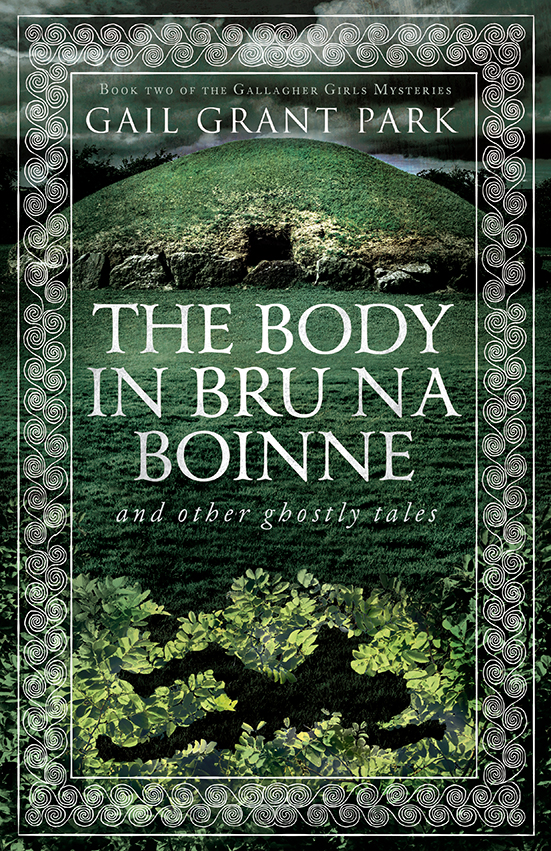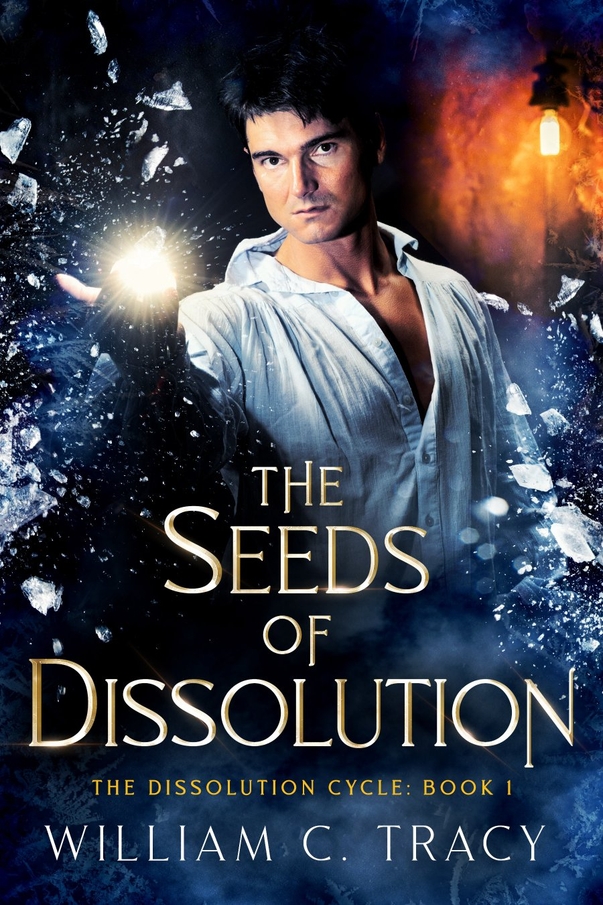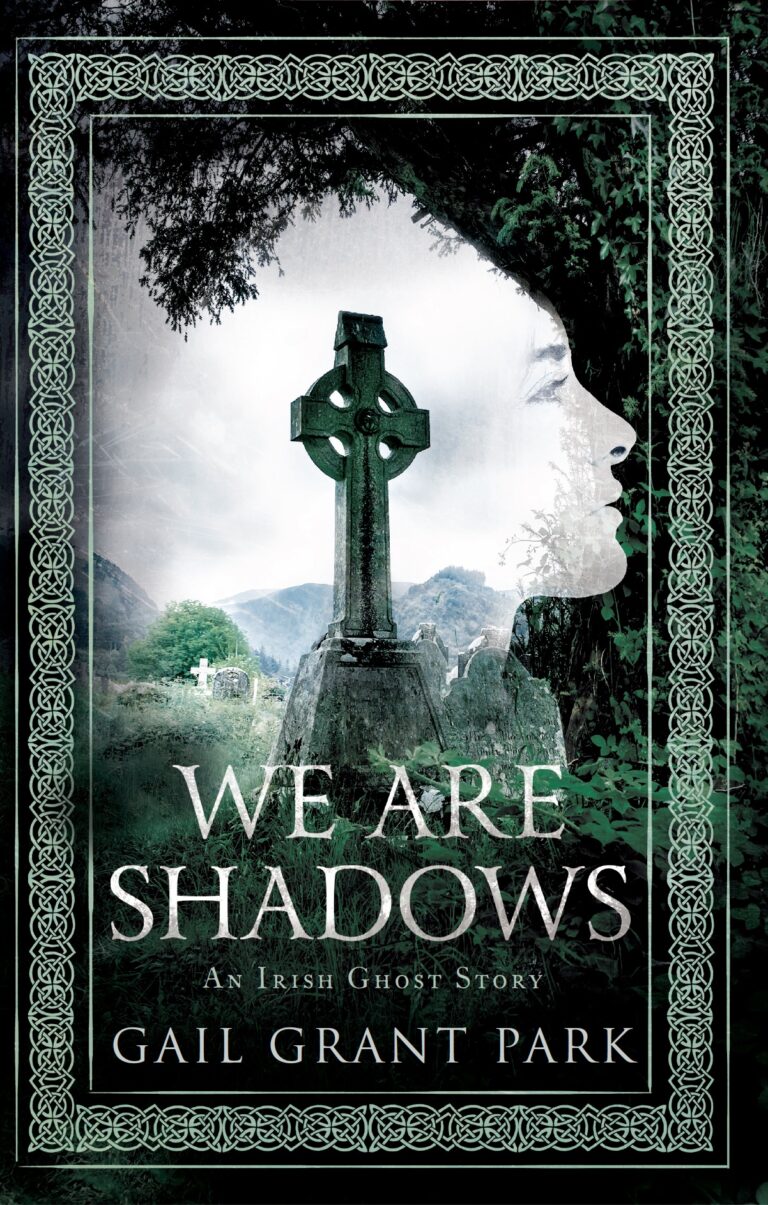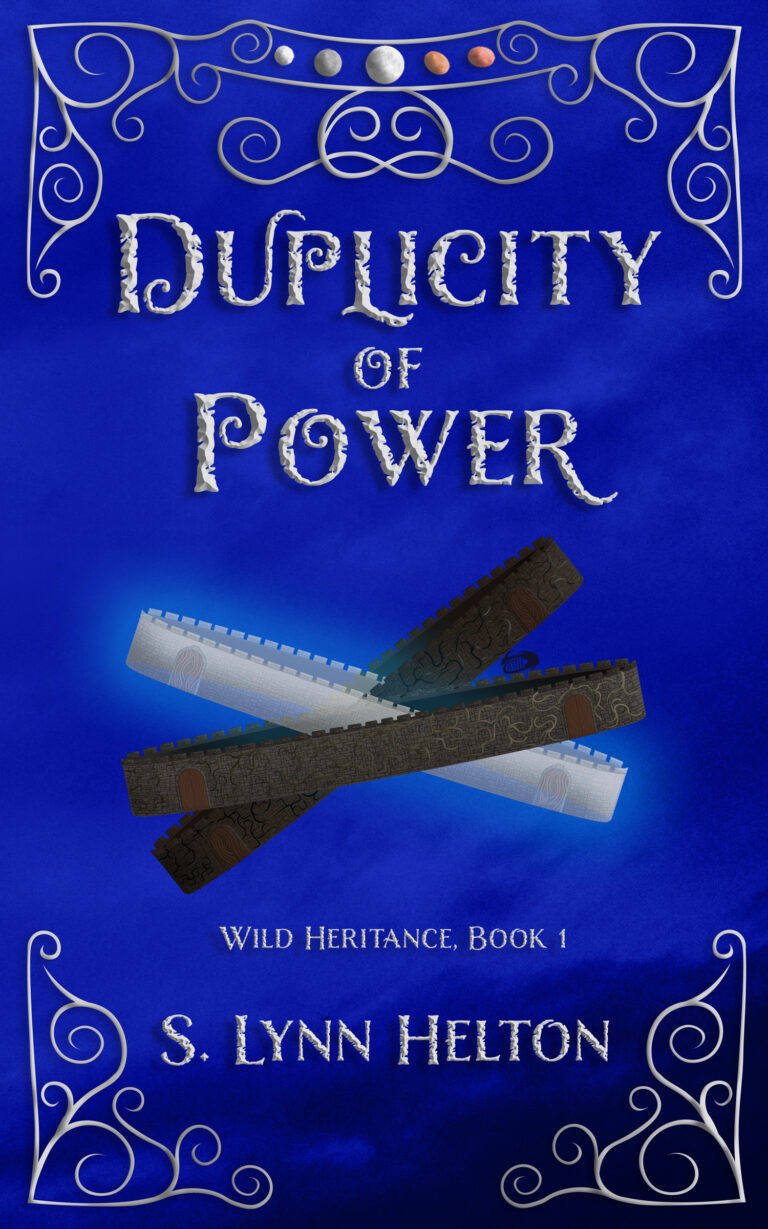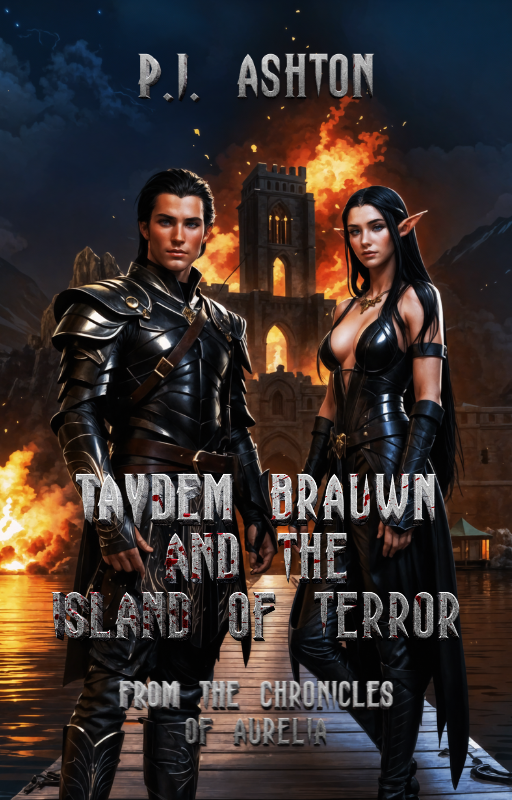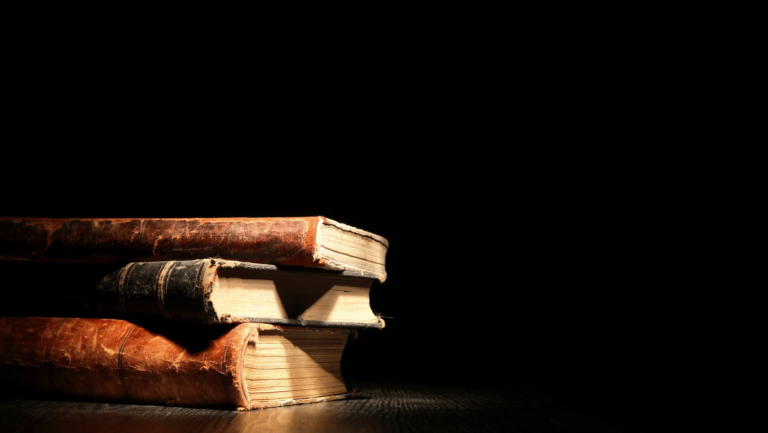The skillful incorporation of humor into writing is an art that infuses levity into the narrative, captivates the audience, and frequently serves as a potent tool for conveying messages. When deployed adeptly, humor can forge memorable moments and elevate the overall reading experience.
A pivotal element of successful humor in writing is timing. Similar to stand-up comedy, a well-timed punchline can transform an ordinary situation into a comedic gem. Consider the following example:
“As the spaceship landed on the alien planet, the extraterrestrial beings gathered around. The leader pointed to a human and asked, ‘Take me to your leader.’ The human replied, ‘Well, that’s a bit complicated right now. Have you checked Twitter lately?'”
Here, the humor arises from the unexpected contrast between the grandiosity of an alien encounter and the mundane reality of social media. The well-timed punchline transforms a potentially serious moment into a humorous reflection on contemporary culture.
Another effective technique involves the use of wordplay and puns. Playing with language and leveraging words with double meanings can introduce an extra layer of amusement to the writing. For instance:
“Why did the bicycle fall over? Because it was two-tired!”
In this example, the play on words with “two-tired” crafts a pun that prompts a chuckle. Wordplay engages readers by surprising them with clever language use, contributing a lighthearted touch to the writing.
Satire, employing irony and exaggeration, serves as a form of humor that critiques or mocks people, politics, or societal norms. Through satire, writers can convey social commentary while eliciting laughter. Consider this satirical remark:
“In the magical land of Procrasti, the national anthem is ‘We’ll Do It Tomorrow.'”
This satirical take humorously reflects on the concept of procrastination by anthropomorphizing it into a fictional kingdom, offering a humorous critique of a common human tendency.
Effective humor in writing also frequently involves observational humor—finding the amusing aspects in everyday situations or human behavior. It enables readers to connect with the relatable facets of the narrative. For example:
“Trying to fold a fitted sheet is like solving a Rubik’s Cube blindfolded. No matter how hard you try, it always ends up looking like a mess.”
In this instance, the humor derives from the universally acknowledged struggle of folding a fitted sheet, creating a shared moment of laughter based on common experiences.
The effective use of humor in writing relies on timing, wordplay, satire, and observational insights. By infusing wit into the narrative, writers can not only entertain but also connect with readers on a personal level, fostering an enjoyable and memorable reading experience.


